From PBS:
They are poets, playwrights, novelists and scholars, and together they helped capture the voice of a nation. They have fearlessly explored racism, abuse and violence as well as love, beauty and music. While their names and styles have changed over the years, they have been the voices of their generations and helped inspire the generations that followed them. What follows is a list of prominent Black authors who have left a mark on the literary world forever.
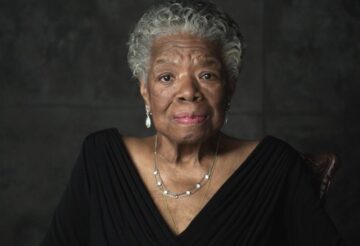 Maya Angelou
Maya Angelou
Acclaimed American poet, author and activist Maya Angelou was born in St. Louis, Missouri in 1928. Often referred to as a spokesman for African Americans and women through her many works, her gift of words connected all people who were “committed to raising the moral standards of living in the United States.” [1] “I want to write so that the reader … can say, ‘You know, that’s the truth. I wasn’t there, and I wasn’t a six-foot black girl, but that’s the truth.’ ” [2]
Influenced by Black authors like Langston Hughes, W.E.B. Du Bois and Paul Lawrence Dunbar, her love of language developed at a young age. Her most famous work I Know Why the Caged Bird Sings was published in 1969 and became the first in seven autobiographies of Angelou’s life. A prolific poet, her words often depict Black beauty, the strength of women and the human spirit, and the demand for social justice. Her first collection of poems Just Give Me a Cool Drink of Water ‘fore I Diiie was nominated for a Pulitzer Prize in 1972, the same year she became the first Black woman to have a screenplay produced. Writing for adults and children, Angelou was one of several African American women at the time who explored the Black female autobiographical tradition. Other female authors and contemporaries include Paule Marshall who published the novel Brown Girl, Brownstones and Illinois Poet Laureate Gwendolyn Brooks, many of whose poems lyricize the urban poor.
More here. (Note: In honor of Black History Month, at least one post will be devoted to its 2024 theme of “African Americans and the Arts” throughout the month of February)

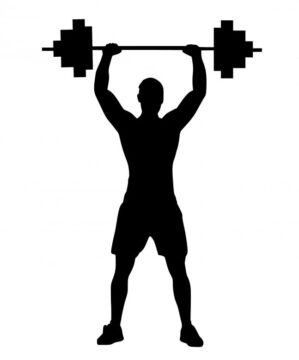 T
T A journal entry from me, dated January 1, 1984, records a list of what appear to be New Year’s resolutions. Most of them are unimaginative, and only testify to the common hopes and aspirations of an 11-year-old child. One however stands out: “No Beatles from after 1965”.
A journal entry from me, dated January 1, 1984, records a list of what appear to be New Year’s resolutions. Most of them are unimaginative, and only testify to the common hopes and aspirations of an 11-year-old child. One however stands out: “No Beatles from after 1965”. Before my first classes were scheduled to begin, I was sitting in the courtyard of my residential college when a young woman asked for help lifting some boxes into her dorm room. She introduced herself and told me she was a senior. I explained that this was my first semester.
Before my first classes were scheduled to begin, I was sitting in the courtyard of my residential college when a young woman asked for help lifting some boxes into her dorm room. She introduced herself and told me she was a senior. I explained that this was my first semester. Twentieth-century science doubled the life expectancy of Homo sapiens, but our health still declines at nearly the same age today as it did in 300 BC. We’ve learned to keep chronically ill adults alive, and made some welcome
Twentieth-century science doubled the life expectancy of Homo sapiens, but our health still declines at nearly the same age today as it did in 300 BC. We’ve learned to keep chronically ill adults alive, and made some welcome 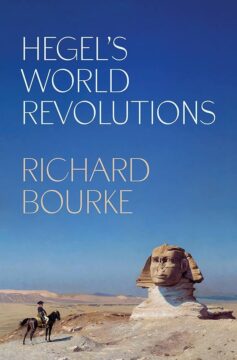 T
T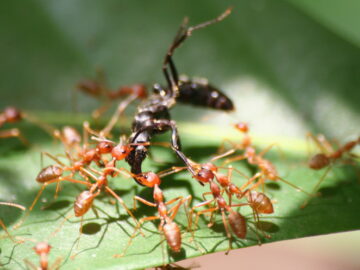 It is a familiar story: a small group of animals living in a wooded grassland begin, against all odds, to populate Earth. At first, they occupy a specific ecological place in the landscape, kept in check by other species. Then something changes. The animals find a way to travel to new places. They learn to cope with unpredictability. They adapt to new kinds of food and shelter. They are clever. And they are aggressive.
It is a familiar story: a small group of animals living in a wooded grassland begin, against all odds, to populate Earth. At first, they occupy a specific ecological place in the landscape, kept in check by other species. Then something changes. The animals find a way to travel to new places. They learn to cope with unpredictability. They adapt to new kinds of food and shelter. They are clever. And they are aggressive.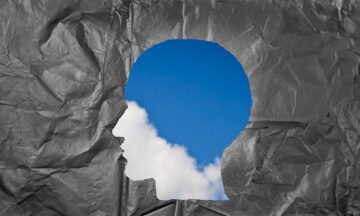 J
J Sitting on a log, in the ever-present shadow of the Amazon forest, Roseno Wajãpi and I shared pieces of cassava bread and chunks of smoked fish. He told me about the beginning of time.
Sitting on a log, in the ever-present shadow of the Amazon forest, Roseno Wajãpi and I shared pieces of cassava bread and chunks of smoked fish. He told me about the beginning of time. I like the ashes on Ash Wednesday. I am at best a lapsed Catholic though it would be more accurate to say that I never really began, just that I was raised against the backdrop of already-faded-Catholicism and its associated traumas, now transmuted and passed on in their mysterious ways to me. I inherited also the pining and the predilection that many Americans have for certain things to do with Ireland. In San Francisco, I used to drink afternoons after I got off work at an Irish bar in Noe Valley, the Valley Tavern, or a different Irish bar downtown, the Chieftain, or sometimes come to think of it an Irish bar on Guerrero with big windows where my friend Graham and I used to like to watch the rain. San Francisco is a more Catholic city than most people think, and more Irish too. More Irish American, which is really what I am talking about: girls in red school uniforms and tennis shoes outside the Convent of the Sacred Heart, looking forward to football games Friday nights at St. Ignatius, the high school by the church where my feet were washed as a kid on Holy Thursday.
I like the ashes on Ash Wednesday. I am at best a lapsed Catholic though it would be more accurate to say that I never really began, just that I was raised against the backdrop of already-faded-Catholicism and its associated traumas, now transmuted and passed on in their mysterious ways to me. I inherited also the pining and the predilection that many Americans have for certain things to do with Ireland. In San Francisco, I used to drink afternoons after I got off work at an Irish bar in Noe Valley, the Valley Tavern, or a different Irish bar downtown, the Chieftain, or sometimes come to think of it an Irish bar on Guerrero with big windows where my friend Graham and I used to like to watch the rain. San Francisco is a more Catholic city than most people think, and more Irish too. More Irish American, which is really what I am talking about: girls in red school uniforms and tennis shoes outside the Convent of the Sacred Heart, looking forward to football games Friday nights at St. Ignatius, the high school by the church where my feet were washed as a kid on Holy Thursday.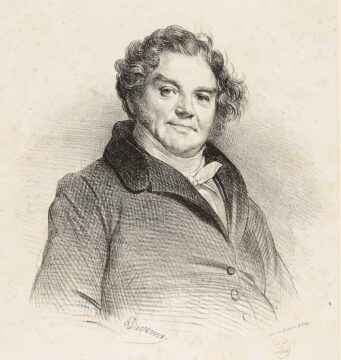 According to his memoirs, Eugène-François Vidocq escaped from more than twenty prisons (sometimes dressed as a nun). Working on the other side of the law, he apprehended some 4000 criminals with a team of plainclothes agents. He founded the first criminal investigation bureau — staffed mainly with convicts — and, when he was later fired, the first private detective agency. He was one the fathers of modern criminology and had a rap sheet longer than his very tall tales. Who was Vidocq?
According to his memoirs, Eugène-François Vidocq escaped from more than twenty prisons (sometimes dressed as a nun). Working on the other side of the law, he apprehended some 4000 criminals with a team of plainclothes agents. He founded the first criminal investigation bureau — staffed mainly with convicts — and, when he was later fired, the first private detective agency. He was one the fathers of modern criminology and had a rap sheet longer than his very tall tales. Who was Vidocq? Moving a prosthetic arm. Controlling a speaking avatar. Typing at speed. These are all things that people with paralysis have learnt to do
Moving a prosthetic arm. Controlling a speaking avatar. Typing at speed. These are all things that people with paralysis have learnt to do